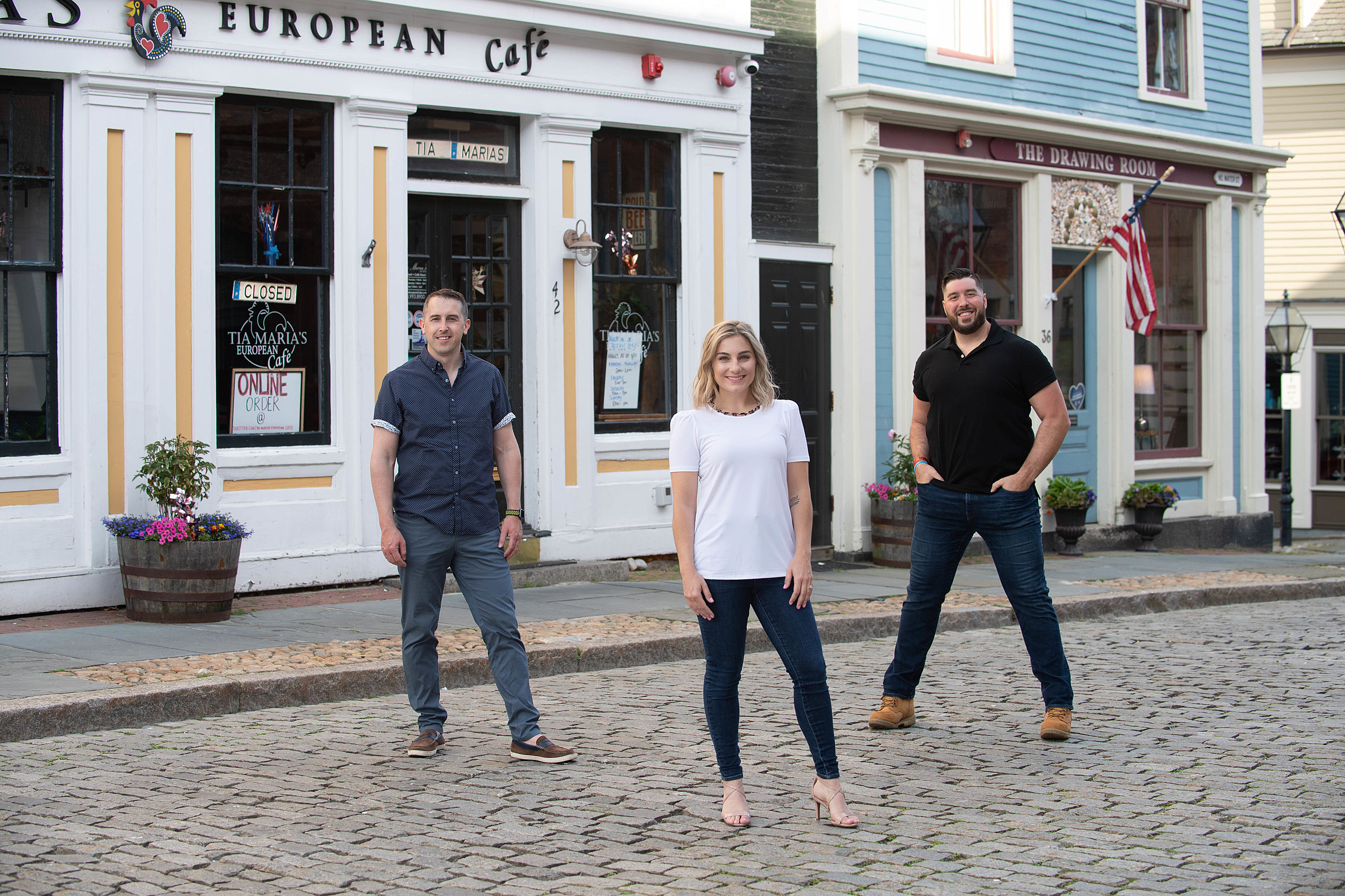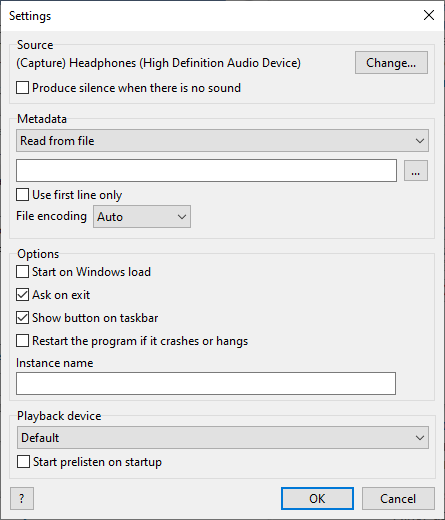

It consists of approximately 20 000 neurons that exhibit independent rhythms of firing rate and gene expression 3.

In mammals, biological rhythms are driven by a central pacemaker located in the suprachiasmatic nuclei (SCN) of the hypothalamus. Clock gene expression levels throughout the day set up the pace of sleep-wake cycles, hunger, hormone production, body temperature, as well as other physiological functions 2. At a molecular level, circadian rhythms are defined as a function of clock gene expression levels over a 24-hour period 1. Therefore, the present review aims to (1) elucidate time-of-day specific effects on short-duration maximal exercise performance and (2) discuss strategies to promote better performance in short-duration maximal exercises at different times of the day.Ĭircadian rhythms are responsible for temporal regulation of numerous physiological phenomena in the human body.

However, the literature available to date lacks a specific review on this subject. The time of day at which short-duration maximal exercise is conducted represents an important variable for training prescription. This suggests that short-duration maximal exercise performance throughout the day is controlled not only by body temperature, hormone levels, motivation and mood state but also by a versatile circadian system within skeletal muscle. However, the time-of-day effects on short duration exercise performance may be minimized by the following factors: (1) short exposures to moderately warm and humid environments (2) active warm-up protocols (3) intermittent fasting conditions (4) warming-up while listening to music or (5) prolonged periods of training at a specific time of day. sprints, jumps, isometric contractions) exhibits diurnal fluctuations, peaking between 16:00 and 20:00 h. Most of the studies published to date have shown that the performance in short-duration maximal exercises (i.e. Time-of-day dependent fluctuations in exercise performance have been documented across different sports and seem to affect both endurance and resistance modes of exercise.


 0 kommentar(er)
0 kommentar(er)
